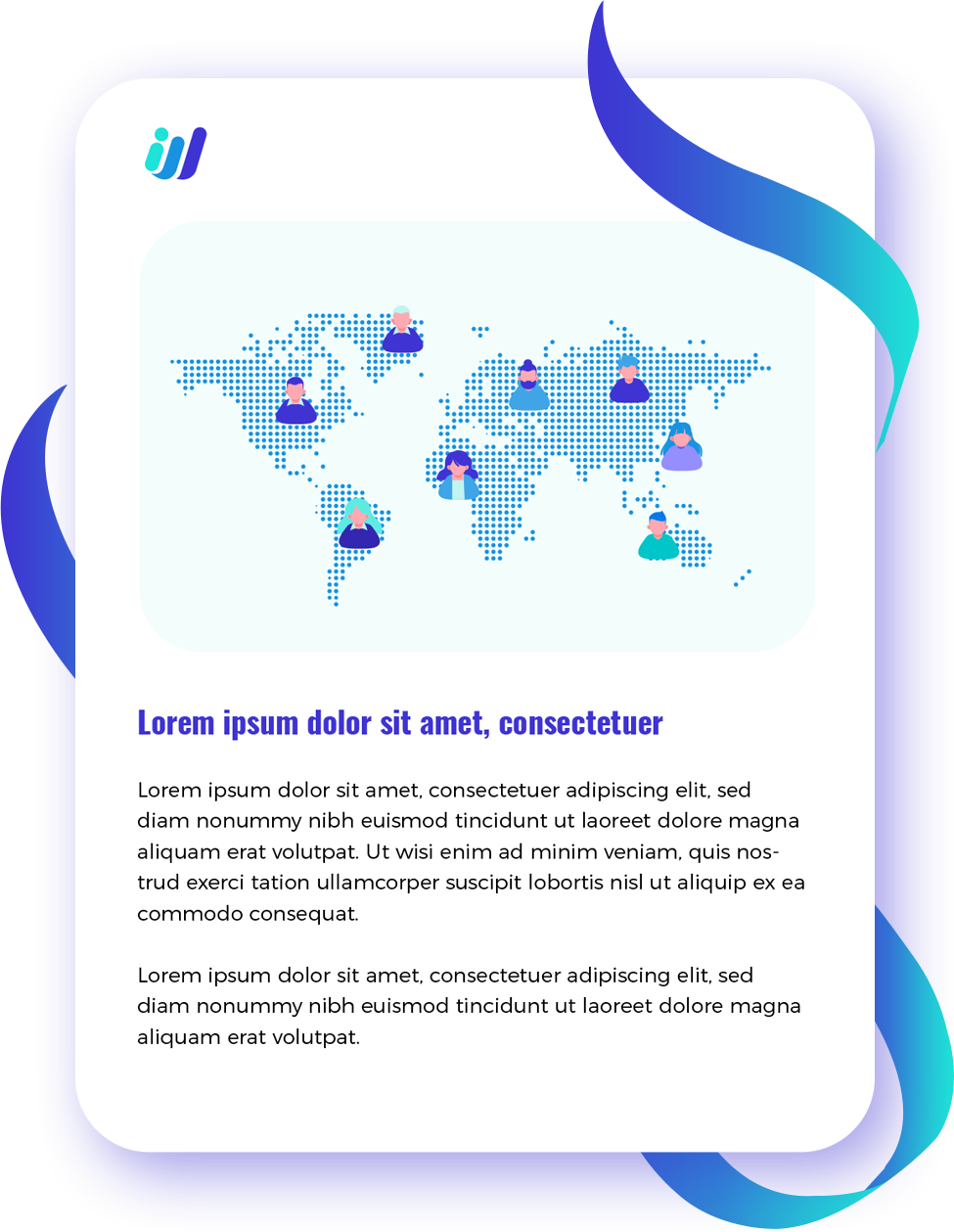Something big is happening in the world of work. You can feel it.
The old model—local hiring, fixed offices, permanent headcount—is giving way to something borderless. What’s emerging instead is a distributed, skill-based ecosystem where top specialists work where they want, when they want, and for whoever values them most.
This isn’t a passing remote-work trend. It’s a structural shift, driven by the simple reality that critical expertise—especially in AI, cybersecurity, and advanced software—is scarce. Companies can’t wait months or years to find the right full-time hire. They need skill, now.
That’s why the conversation has changed. It’s no longer if enterprises should bring in global contract talent—it’s how they can do it effectively, at scale, and safely. Those that fail to adapt risk losing out on the skills that define competitiveness in the digital era.
Mapping the Global Talent Landscape
The numbers are massive. The global freelance workforce has passed a billion people and keeps rising. In the U.S., around a third of the workforce now freelances in some form.
And the market supporting them is exploding. Freelance platforms and managed services are growing at double-digit rates every year. That growth isn’t just volume—it’s quality. The work has moved upstream, from gig tasks to highly specialized, project-based contracting.
Remote work made it all possible. Once people realized they could earn globally while living anywhere, the floodgates opened. Skilled professionals—from data engineers to UX designers—built global client portfolios without ever stepping on a plane.
The money followed. In the U.S., freelancers now average close to $50 an hour. For high-skill fields like software and AI, $70 isn’t unusual. Combine that earning power with flexibility, and it’s clear why the best talent is increasingly independent.
The Skills-Based Imperative
Automation and AI are rewriting job descriptions faster than HR can update them. That’s forcing a new mindset: workforce planning based on skills, not roles.
More than half of business leaders now say emerging tech—especially automation and AI—is pushing them to adopt skills-based strategies. In practice, that means breaking jobs down into individual tasks, automating what can be automated, and contracting specialists for what’s left.
It’s fast, focused, and fluid.
External experts bridge gaps that full-time hiring can’t fill quickly enough. For example, when a company needs machine learning specialists or cybersecurity architects now, contractors are the only viable route.
There’s also a clear upside in diversity. By working with global freelancers, companies naturally tap into a far broader mix of cultures and perspectives. That variety drives innovation, creativity, and adaptability—all essential in a volatile market.
The ROI Story: Flexibility, Cost, and Quality
For executives, the financial argument behind contract talent is hard to ignore. Done right, outsourcing reduces operating costs dramatically—often by double-digit percentages—while giving you flexibility traditional teams can’t match.
You save on overhead: office space, benefits, local taxes, recruitment costs. But the real advantage is agility. You can scale up or down instantly based on project demand.
And quality? That’s the real payoff.
Global outsourcing partners and specialized freelance platforms pre-vet talent, ensuring companies get proven experts instead of generalists. That translates directly into faster ramp-up times, fewer project delays, and more consistent output.
One global services firm recently built out an entire digital delivery unit—sixty hires in a year—entirely through external partnerships. It wasn’t a shortcut. It was the only way to compete for talent in a brutally tight market.
The takeaway: this isn’t about saving money—it’s about speed and precision.
Operationalizing a Global Workforce
Hiring a freelancer is easy. Building a global contract program that works at scale? That’s the challenge.
It starts with sourcing. You can’t just post and pray. The best companies treat global talent acquisition like executive search—active outreach, strong branding, and a reputation for professionalism. Even digital presence matters. Using targeted, intent-driven content (think long-tail keywords like “strategic cybersecurity contracting partner”) helps attract specialists who are actually looking for enterprise work.
Once they’re in, onboarding must be consistent. Freelancers in Singapore and Spain should experience the same clarity and expectations as those in the U.S. Structured interviews, clear documentation, and unified communication tools are key.
And then there’s collaboration. Managing time zones, communication, and workflow takes intention. Modern project tools—Monday.com, Confluence, Notion, Guru, take your pick—make asynchronous work natural when used well. What matters most is transparency. Everyone should know what’s happening, even when no one’s awake at the same time.
The Compliance Trap
This is where global hiring gets tricky. The biggest risk isn’t performance—it’s compliance.
Misclassifying a contractor as an employee can get very expensive, very fast. It’s not just fines (though those can run into millions); it’s back taxes, benefits liability, and, in some countries, criminal penalties.
The simplest way to stay safe is to maintain a clear business-to-business relationship: contractors control how they work, use their own tools, and deliver outcomes—not tasks.
Then there’s the “Permanent Establishment” risk. In short, if your contractors do enough revenue-generating work in another country, local tax authorities might decide your company now “exists” there for tax purposes. That means surprise corporate taxes and complex compliance headaches.
The fix? Partner with an Employer of Record (EOR) or Managed Services Provider (MSP) that handles all legal, payroll, and compliance obligations across jurisdictions. They act as a protective layer, allowing your team to operate globally without exposing the business to unnecessary risk.
The Future: Integrated, Blended, Borderless
The workforce of the future isn’t full-time or freelance—it’s both.
Leading organizations are already managing blended teams: internal staff, long-term contractors, and project-based specialists all working under one unified strategy. This structure delivers flexibility without chaos and helps companies move faster when new opportunities arise.
It also allows leaders to track real metrics that matter—time to fill, project impact, quality of hire—across all worker types. With the right systems in place, companies can see in real time how contract talent is influencing outcomes.
The Third Wave of Outsourcing
What’s happening now is more than a hiring trend. It’s the third wave of outsourcing.
The first wave was about cost. The second was about efficiency.
This one? It’s about expertise and adaptability.
Global freelancers are no longer side players. They’re strategic assets—highly paid, highly specialized, and essential to how modern businesses scale.
The opportunity is huge, but so is the complexity. Without solid compliance and smart partnerships, what looks like agility can quickly become risk. The companies that win won’t just hire globally—they’ll build the systems, relationships, and governance to do it safely.
The shift is already underway. The only question left is whether your organization is ready to make it part of your strategy—or risk being left behind.
Ready to dive deeper into how Third Wave Outsourcing can future proof your business strategy? Download our comprehensive ebook to explore the nuances of finding the best talent, building powerful partnerships, and leveraging this global shift for sustained success. The future of outsourcing is here. Are you prepared to embrace it?


